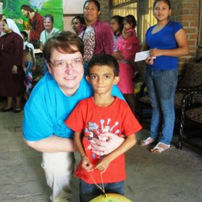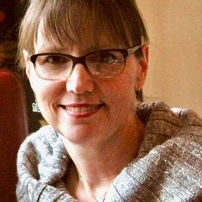About
Our Mission Statement
As a spiritually-based humanitarian organization, the North Country Mission of Hope is committed to fostering hope and empowering relationships with the people of Nicaragua through sustainable programs in education, healthcare, community and ecological development; and by supporting local, national or global areas impacted by disasters and poverty.
North Country Mission of Hope is an organization that improves the lives of others through goodwill and faith.
Our Leadership
The North Country Mission of Hope continues to foster hope and empower relationships with the people of Nicaragua through sustainable programs in education, healthcare, community, and ecological sustainability and by supporting local, national or global areas impacted by disasters and poverty.
In addition, our efforts in Nicaragua are coordinated and administered by more than 12 paid Nicaraguan staff members in Nicaragua, as well as countless hours of volunteer efforts both here and in Nicaragua.

Key Numbers
-
60% of Secondary Age Children have left school
-
Over 40% of Nicaragua's population lives in rural areas, where poverty rates are high and people survive on little more than $1 per day
-
18% of the population of Nicaragua suffer from chronic malnutrition, and about 117,912 children under six years of age have been identified with acute malnutrition between July and November 2023, according to the Ministry of Health. This means that, at a minimum, 14% of infants suffer from acute malnutrition in the country.
-
48% of Nicaragua's population is under 25 years of age.
-
According to UNICEF, approximately 50% of Nicaraguan children live in poverty, with 19% experiencing extreme poverty. This issue is particularly acute in rural areas, where child poverty is significantly higher than in urban centers..
-
More than 85% of the country's rural community drinking water systems are contaminated with harmful bacteria because they lack filtration and chlorination, and the community water boards can't maintain them properly.





